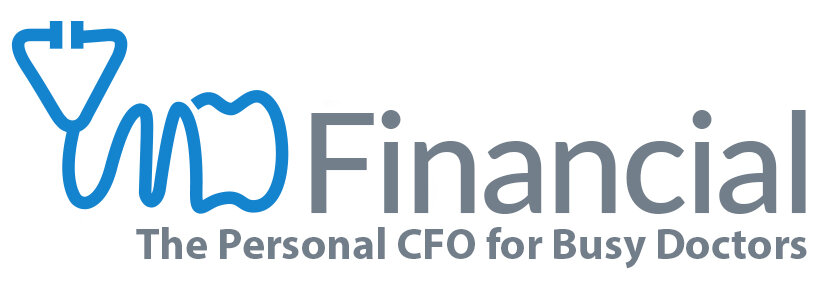It’s that time of year again when we want to make sure our clients have checked off their financial to do lists for the year and have set themselves up for a prosperous 2026. Reach out to us if you still have items on your year-end checklist that need to be completed. Deadlines are coming up, so let us know as soon as possible if we can help complete your checklist.
The Longer-Term History of Stock Markets All Doctors Should Know
The Doctor’s 2024 Year-End Financial Checklist
How Actively Managed Funds Affect Doctors’ Taxes
Everything Doctors Need to Know About the Backdoor Roth IRA Strategy
What Doctors Need to Know about Optimizing FDIC Insurance Limits
After the recent collapse of the 16th largest bank in the United States, called Silicon Valley Bank (SVB), more and more doctors have been talking about FDIC limits.
As a reminder, FDIC limits are the protections provided to your bank accounts sponsored by the United States government through the Federal Deposit Insurance Corporation (FDIC). Examples being your checking accounts, savings accounts, and CDs held at a banks protected under FDIC insurance.
In the event of an FDIC bank failure, the FDIC reimburses depositors of that bank up to certain thresholds.








